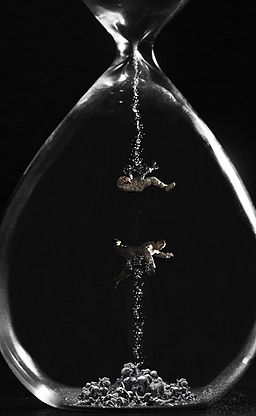Strictly speaking, memorial day is a celebration of the memory of those who died while serving one of the USA armed forces. In this sense, it is different from Veteran’s Day, that honors all those who served.
It is impossible not to associate this celebration from deaths and damages caused by the experience of serving, but not while in active duty. Suicide rates among veterans is roughly double the rate among the general population (today, it is estimated to be 30 per 100,000 population).
Veteran suicide is closely associated with combat experience PTSD (post traumatic stress disorder), which is a mental and neurological condition resulting from important trauma.
Although these people did not die in action, both combat-related suicide victims and living PTSD victims are individuals who gave their lives and suffered extreme loss associated to their service.
PTSD and suicide may result from a number of different conditions. Although I have not been in combat as a USA military person, I am a textbook PTSD patient and a suicide survivor. I survived my suicide attempt by pure accident: my chances were minimum and someone happened to be accidentally at the secluded place I chose to take my life and took me to the hospital, where they stitched me back to life.
I have chosen to pay it forward by contributing to the cause of PTSD management and suicide prevention among this specific population, the USA veterans. I have many reasons for this, including my admiration for their service, the fact that I am familiar with this populations (I would say today that about 50% of my friends are veterans) and the fact that I can actually envision forms of offering support.
At this point, I contacted a number of organizations and have been studying the subject and compiling resources, which I share here.
Image: By Staff Sgt. Christopher Griffin [Public domain], via Wikimedia Commons
Veteran suicide prevention resources
PTSD, sleep disorders and suicide rate among veterans with combat experience – data and controversy
American Veterans and homelessness
Veteran suicide prevention resources
PTSD, sleep disorders and suicide rate among veterans with combat experience – data and controversy

